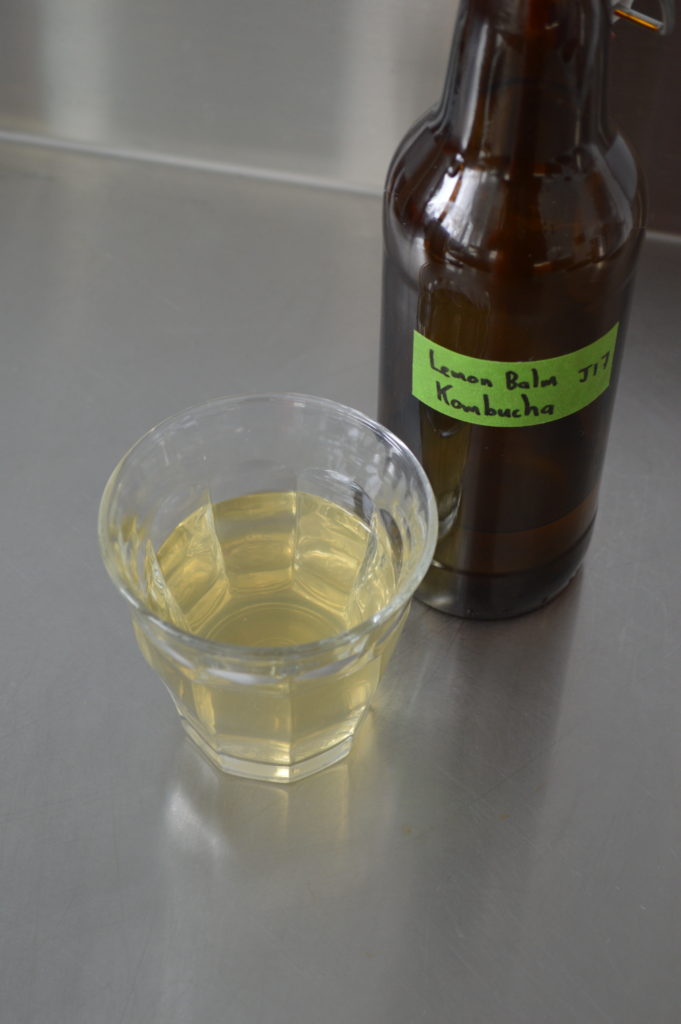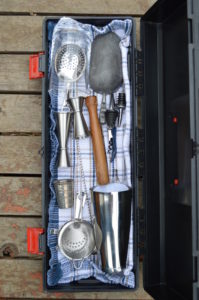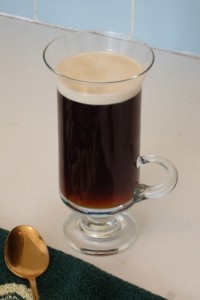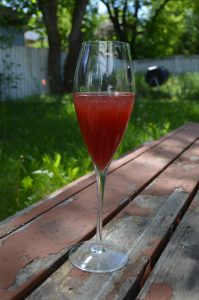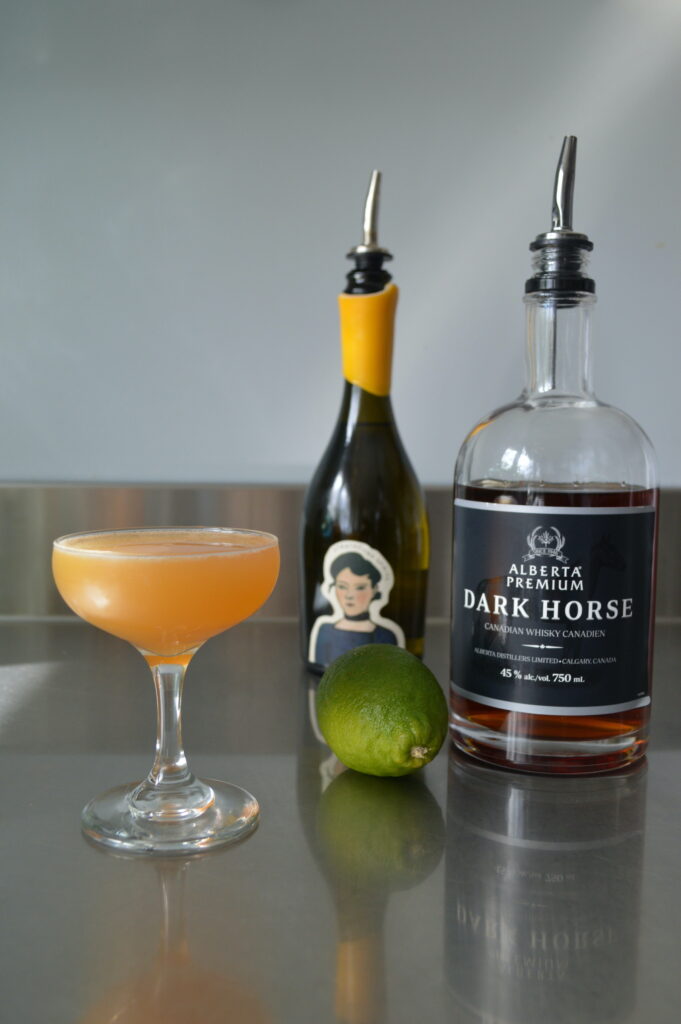
To be totally transparent, it is a dream of mine to invent a popular cocktail that people order by name long after I’m gone.
How does a cocktail become a classic? Obviously it needs to be delicious. This is a necessary condition, but it is not sufficient: bartenders make delicious new cocktails all the time, and very few become classics. I suggest that there needs to be something else about the drink, as a concept, that engages people and says something about them or their current time. I am hoping that Alberta’s general dislike of Premier Jason Kenney can be just such an underpinning for my bid to invent a famous mixed drink. Allow me to present the case for … Continue reading.
